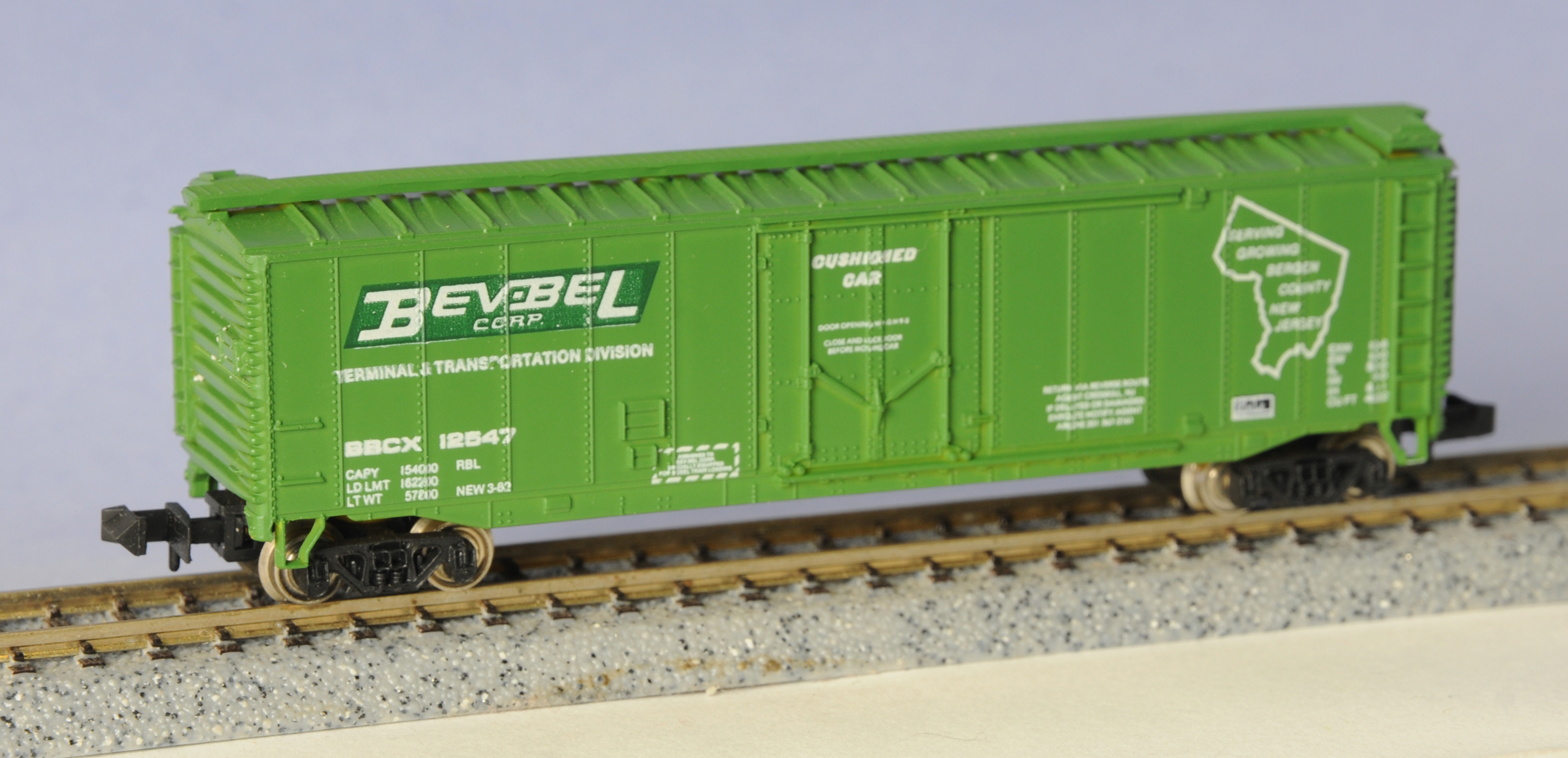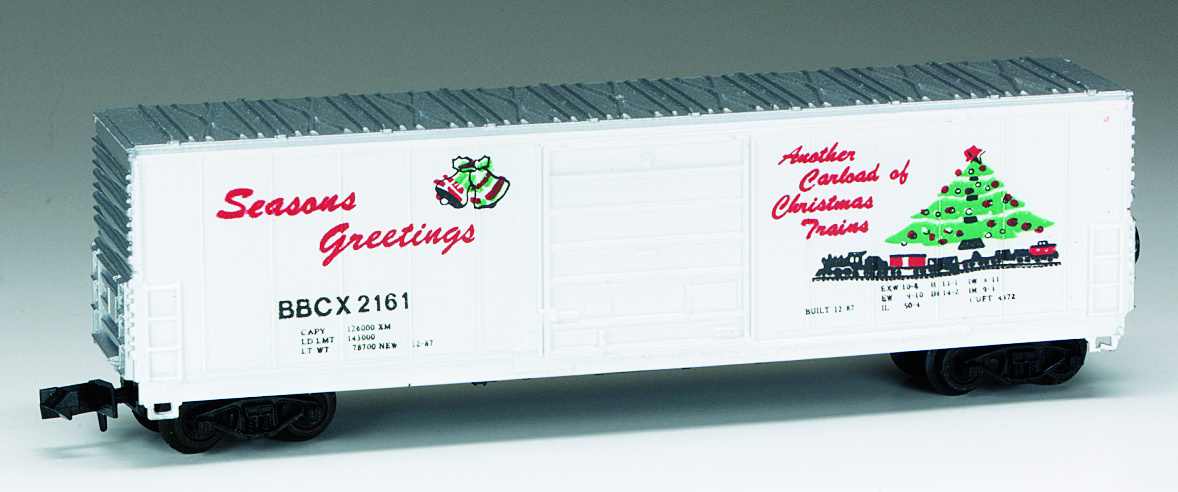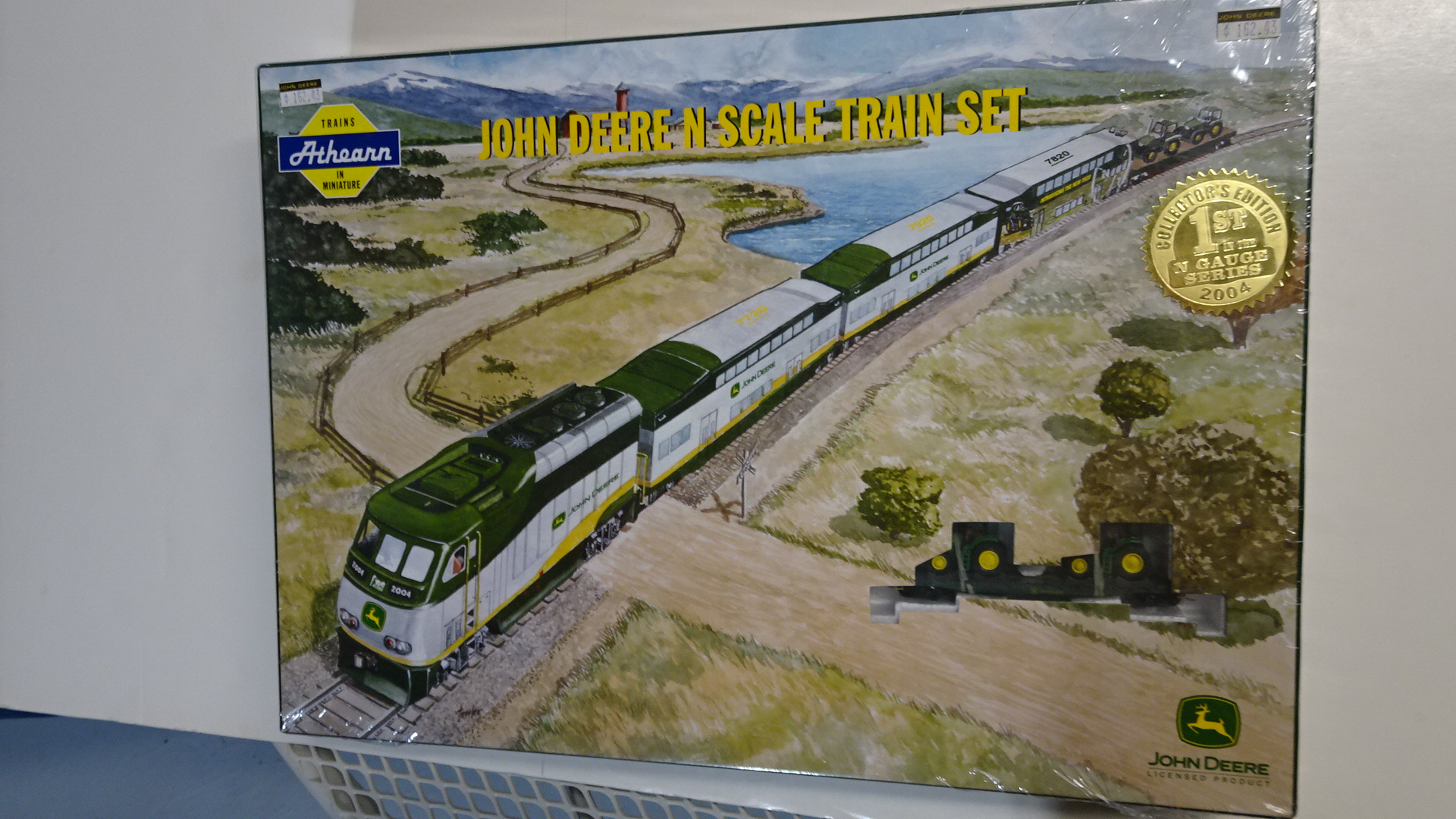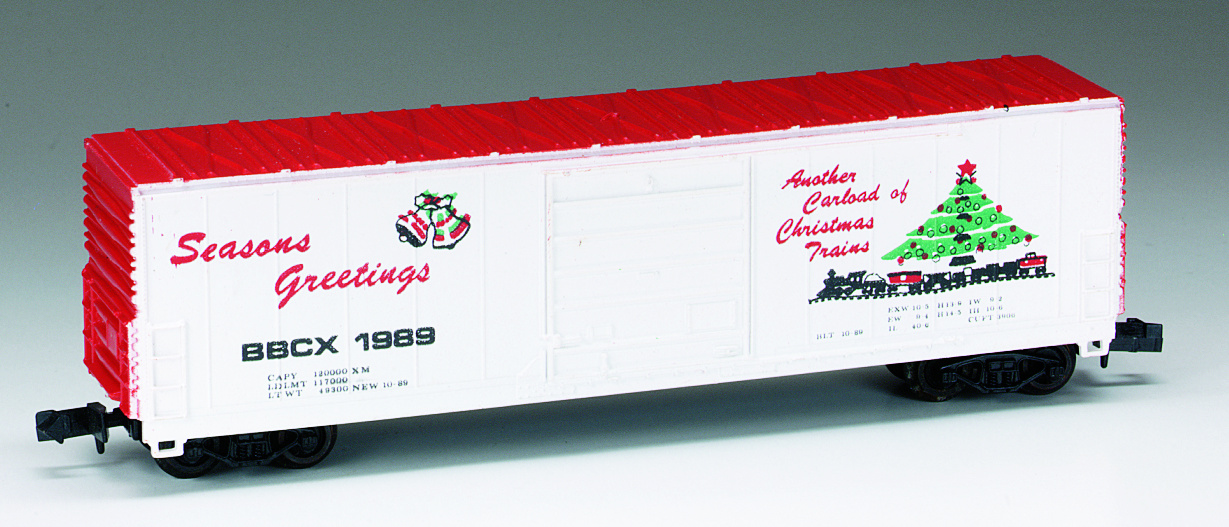Model Information: Bachmann first released this model in 1967. Over the years, Bachmann has referred to this car as both being 50 Foot and 51 Foot. Both models are in fact the same.
Prototype History: While the 40-foot boxcar was a standard design, and it did come in different setups depending on the type of freight being transported, it was not large enough for efficient mass commodity transportation. The 50-foot boxcar made its first appearance in the 1930s and steadily grew in popularity over the years, which further improved redundancies by allowing for even more space within a given car. Today, the 50-footer remains the common boxcar size. After the second world war ended, and steel became once again readily available, steel became the go-to choice for construction of boxcars. Pullman Standard and ACF were some of the most prolific builders of these cars.
These cars came in many variations. For instance, double-doors became practical for large/wide loads, end-doors useful for very large lading such as automobiles, and interior tie-down equipment was helpful in keeping sensitive products from being damaged in-transit. In 1954 the Santa Fe developed its "Shock Control" (and later "Super Shock Control") technology for new boxcars with upgraded suspension systems to further improve the ride-quality and reduce the chance of damaging freight.
In the 1960s, the flush, "plug" style sliding door was introduced as an option that provides a larger door to ease loading and unloading of certain commodities. The tight-fitting doors are better insulated and allow a car's interior to be maintained at a more even temperature.
These cars came in many variations. For instance, double-doors became practical for large/wide loads, end-doors useful for very large lading such as automobiles, and interior tie-down equipment was helpful in keeping sensitive products from being damaged in-transit. In 1954 the Santa Fe developed its "Shock Control" (and later "Super Shock Control") technology for new boxcars with upgraded suspension systems to further improve the ride-quality and reduce the chance of damaging freight.
In the 1960s, the flush, "plug" style sliding door was introduced as an option that provides a larger door to ease loading and unloading of certain commodities. The tight-fitting doors are better insulated and allow a car's interior to be maintained at a more even temperature.
Brand/Importer Information:  Formerly located in Cresskill, New Jersey, the now defunct Bev-Bel Corp. was founded by the late Irvin and Beverly Belkin in 1956. A prolific "boutique" producer of after-market, limited production, special run rolling stock and locomotives (in road names and non-traditional commemorative and holiday themed paint schemes that were not typically offered by the major manufacturers), Bev-Bel' sourced its models from Atlas Tool Co., Inc., Atlas Model Railroad Co., Inc., Bachmann, and Life-Like Trains.
Formerly located in Cresskill, New Jersey, the now defunct Bev-Bel Corp. was founded by the late Irvin and Beverly Belkin in 1956. A prolific "boutique" producer of after-market, limited production, special run rolling stock and locomotives (in road names and non-traditional commemorative and holiday themed paint schemes that were not typically offered by the major manufacturers), Bev-Bel' sourced its models from Atlas Tool Co., Inc., Atlas Model Railroad Co., Inc., Bachmann, and Life-Like Trains.

Item created by: gdm on 2017-03-26 20:26:39. Last edited by gdm on 2021-02-25 16:59:22
If you see errors or missing data in this entry, please feel free to log in and edit it. Anyone with a Gmail account can log in instantly.
If you see errors or missing data in this entry, please feel free to log in and edit it. Anyone with a Gmail account can log in instantly.










